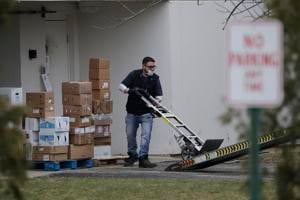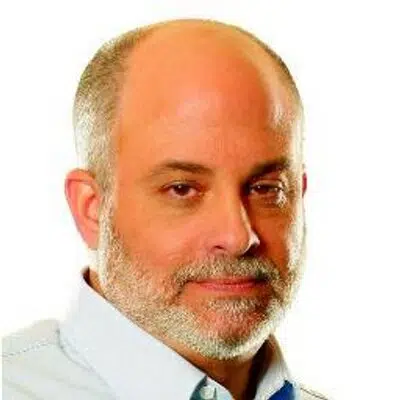(The Center Square) – Staffing issues were at the forefront of a House subject matter hearing Wednesday on the current state of Illinois nursing homes.
According to the National Center for Assisted Living, 86% of nursing homes and 77% of assisted living providers said their workforce situation has gotten worse over the last 3 months. The group also report that 58% of nursing homes limited new admissions due to worker shortages.
“We are desperate for staff, and I will say it again, there is a staffing crisis, and that staffing crisis could be worse very soon,” said Matt Pickering, executive director of the Health Care Council of Illinois.
Pickering believes the vaccination mandate for workers in congregate facilitates in Illinois may drive some people out of the industry. A majority of workers have been hesitant to get the shot. At one nursing and rehabilitation center in South Shore, the state’s website shows less than 1% of staffers are vaccinated.
According to the latest figures from the AARP COVID-19 dashboard, 31% of Illinois nursing homes have a vaccination rate of at least 75% for staff.
Rep. Lakeshia Collins, D-Chicago, a former health card worker, said facilities need to avoid hiring expensive outside help when workers quit or go on strike.
“You use agencies, and you hold out for as long as you can, and you know that its costing you money, so why don’t you just use that money to retain those workers” said Collins.
The understaffing issues were addressed by Illinois lawmakers in 2019. A law allows IDPH to fine nursing homes that don’t meet the required 2 ½ hours of direct daily nursing care for residents.
The NCAL reports 78% of nursing homes and 71% of assisted living facilities are concerned that workforce challenges might force them to close.
“The survey demonstrates the severe workforce challenges long-term care providers are facing due to the COVID-19 pandemic,” said Mark Parkinson, CEO of NCAL. “”Lawmakers across the country must prioritize long-term care and that begins with providing resources to address workforce challenges. When facilities have the means to offer competitive wages and training programs, workers will follow.”







